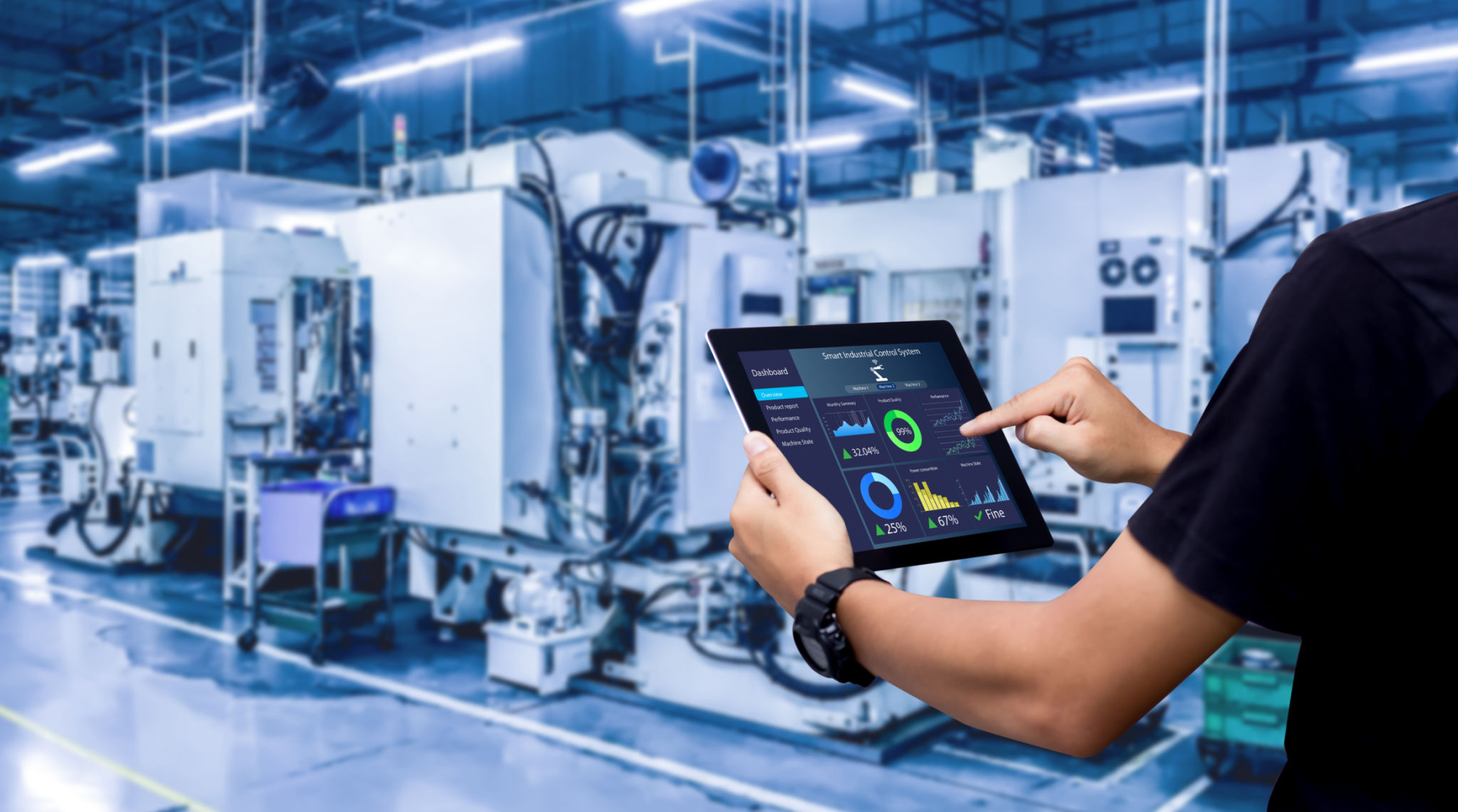Top Strategies for Continuous Improvement in Manufacturing
Understanding Continuous Improvement
In the fast-paced world of manufacturing, staying competitive requires a commitment to continuous improvement. This concept involves consistently seeking ways to enhance processes, reduce waste, and increase efficiency. By adopting a mindset focused on incremental improvement, manufacturers can achieve significant gains in productivity and quality over time.
Continuous improvement is not just a strategy but a culture that must be ingrained in every level of an organization. It encourages employees to identify inefficiencies and suggest enhancements, fostering a collaborative environment where innovation thrives.

Implementing Lean Manufacturing
One of the most effective strategies for continuous improvement in manufacturing is the implementation of Lean Manufacturing. This approach focuses on minimizing waste without sacrificing productivity. Lean principles involve identifying non-value-adding activities and streamlining processes to ensure that every step contributes to the final product's value.
The core principles of Lean Manufacturing include:
- Value Stream Mapping
- Just-In-Time Production
- Kaizen (Continuous Improvement)
- 5S (Sort, Set in order, Shine, Standardize, Sustain)
Leveraging Technology
Incorporating advanced technologies is essential for continuous improvement. Automation, artificial intelligence, and the Internet of Things (IoT) can drastically enhance operational efficiency. These technologies provide real-time data that allows for quick decision-making and process optimization.

For instance, predictive maintenance powered by IoT sensors can prevent equipment failures, reducing downtime and maintenance costs. Similarly, AI can analyze production data to identify patterns and suggest improvements in processes.
Employee Empowerment and Training
Empowering employees through training and involvement in decision-making processes is crucial for fostering a culture of continuous improvement. When employees are well-trained and feel valued, they are more likely to contribute innovative ideas and take ownership of their work.
Regular training sessions and workshops can help employees stay updated with the latest industry trends and technologies. Encouraging a proactive approach towards problem-solving can lead to significant advancements within the organization.

Measuring and Analyzing Performance
To ensure that improvement strategies are effective, it is important to regularly measure and analyze performance metrics. This involves setting clear objectives and using key performance indicators (KPIs) to track progress. Regular analysis helps in identifying areas that require further improvement and ensures alignment with overall business goals.
Implementing dashboards and reporting tools can provide valuable insights into operational efficiency, helping management make informed decisions.
Creating a Culture of Innovation
Lastly, fostering a culture of innovation is vital for sustainable continuous improvement. Encouraging creativity and rewarding innovative solutions not only boosts morale but also drives long-term success. By creating an environment where new ideas are welcomed and tested, manufacturers can stay ahead of the curve in an ever-evolving industry.
In conclusion, continuous improvement in manufacturing requires a multifaceted approach that encompasses Lean principles, technology integration, employee empowerment, performance analysis, and a strong culture of innovation. By adopting these strategies, manufacturers can achieve lasting improvements that enhance competitiveness and profitability.